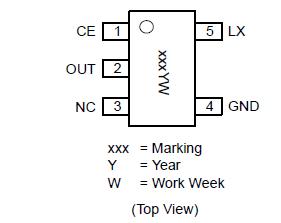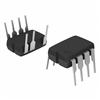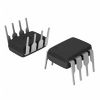NCP1402: Features: • Extremely Low Start−Up Voltage of 0.8 V• Operation Down to Less than 0.3 V• High Efficiency 85% (Vin = 2.0 V, VOUT = 3.0 V, 70 mA)• Low Operating Current of...
floor Price/Ceiling Price
- Part Number:
- NCP1402
- Supply Ability:
- 5000
Price Break
- Qty
- 1~5000
- Unit Price
- Negotiable
- Processing time
- 15 Days
SeekIC Buyer Protection PLUS - newly updated for 2013!
- Escrow Protection.
- Guaranteed refunds.
- Secure payments.
- Learn more >>
Month Sales
268 Transactions
Payment Methods
All payment methods are secure and covered by SeekIC Buyer Protection PLUS.

 NCP1402 Data Sheet
NCP1402 Data Sheet








